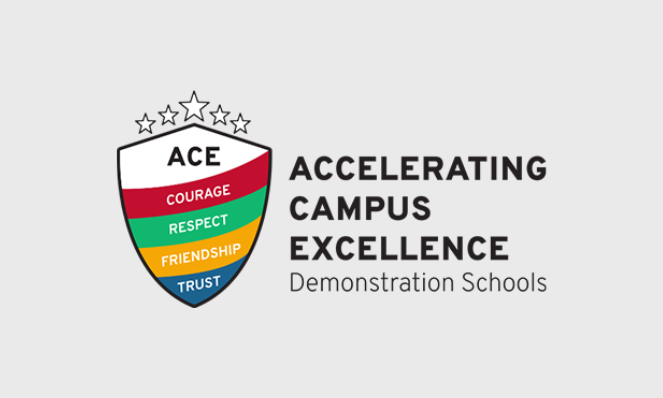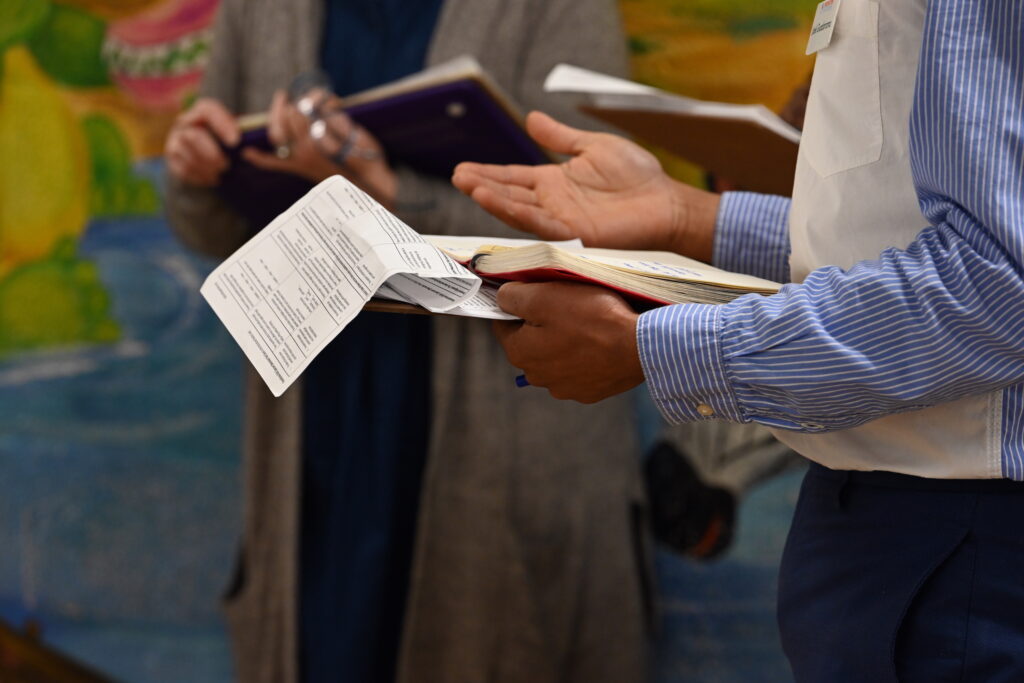
Demystifying Phenomena–driven Science Instruction
By Jessica Henderson-Rockette, Ed.D.
In the decade since the release of the K–12 Framework for Science Education and the Next Generation Science Standards (NGSS), almost every state has shifted science standards to reflect research-based goals for science learning—grounded in phenomena-driven, three-dimensional instruction that centers students’ experiences with the world around them.
These state-level changes are an important first step toward improving science instruction for all students. However, we know that the decisions that have the most direct impact on students’ learning experiences are those made by school leaders and, crucially, classroom teachers. To provide students with high-quality science lessons, leaders and teachers need a strong understanding of what phenomena-driven science instruction looks like in practice.
Introducing an entirely new approach to teaching science is much easier said than done—especially considering that most of us were not taught science this way ourselves. As Instruction Partners works to improve science instruction in schools across the country, we’ve found that it is critical for leaders at every level of a school to have a common vision of science instruction. When a clear vision is not in place, we tend to see significantly less improvement in teacher practice and student experience.
That’s why, in my work with school partners, I prioritize building instructional leaders’ understanding of phenomena-driven instruction as a critical first step toward strengthening science learning across a school or system. Before we can implement materials, let alone plan to improve support and feedback for teachers, leaders need to establish the shared vision of the science instruction their teams will strive for.
What does phenomena-driven learning look like in practice?
NGSS defines phenomena as, “observable events that occur in the universe and that we can use our science knowledge to explain or predict.” This could be anything from something as rare as a total solar eclipse (check to see if you’re in the path of totality for April 8, 2024!) to something as ordinary as a tire suddenly having low pressure on the first cool, fall morning of the year.
Phenomena have historically been overlooked in K–12 science education. Prior to the reforms of the last decade, most science materials and assessments emphasized building theoretical and general knowledge in the abstract, making it challenging for students to connect scientific concepts to their lived experiences. Though science courses included hands-on activities and labs, those activities too often did not provide students the opportunity to connect the lab work back to broader science ideas that apply to the world around them.
We now know that effective science instruction strengthens conceptual understanding of big ideas through students exploring phenomena and solving problems. Students explore a given phenomenon by applying the three dimensions outlined by NGSS:
- Engage in science and engineering practices to figure out the focus phenomena of the lesson.
- Consider crosscutting concepts to help explain the phenomena.
- Figure out disciplinary core ideas that help explain the phenomena.
It’s important to note that, while phenomena drive instruction, it’s the student-generated learning around said phenomena that is the focus of the lesson.
Here’s what this can look like in practice—using a 6th-grade OpenSciEd unit*:
Students discover a startling fact in their assigned reading: Mt. Everest is not only getting taller every year—it’s also moving! This finding sparks a plethora of questions and students get a chance to try to figure out how (and why) a mountain can change in this way. The class then looks for patterns in data to determine where land masses were likely located in the past. As students obtain information about volcanoes, earthquakes, and plate movement, they develop and revise models to demonstrate how mountains can grow, move, and shrink.
In the past, this unit might have been centered on learning information about plate tectonics and the rock cycle, without drawing students in with this surprising piece of information. Under the new vision for science instruction, we move away from learning about plate tectonics, to figuring out why this phenomenon is occurring—allowing wonder to take center stage in the science classroom.
In this example, students are able to experience the way that science explains the world around them. I want to note that it is especially impactful for students in groups that are underrepresented in STEM to feel agency and connection in their science learning. Historically, there has been a failure to center the lived experiences of these students in instruction, so it is vital to uplift the knowledge and experience they bring to the classroom.
Teachers should consider their students’ experiences when selecting phenomena to focus on and/or plan to help students expand on the focus phenomenon to make connections to their own contexts. For example, in the Mt. Everest unit, a teacher could provide opportunities for students to consider tectonic plates closer to home by finding data to analyze of a local mountain range and allowing students to determine whether plate movement can explain any changes over time or if another explanation is needed. This allows students to use the same science that explains what they observe in class about Mt. Everest or the Appalachian Mountains to explain how the earth around their own communities has changed over time.
*Access the unit here.
Working towards a common vision
Once leaders have a strong understanding of phenomena-driven science instruction, they can work with teachers to create a shared vision for science across their school or system. A clear vision statement helps leadership teams make intentional decisions to support high-quality science learning by providing a reference point when selecting new science materials or assessments or making decisions about resource allocation (e.g., instructional time, funding).
The science vision statement should be grounded in both phenomena-driven, three-dimensional instruction and a commitment to an equitable and inclusive approach to science instruction. Here are some resources that can help teams establish and progress toward a new science vision:
- Solidify leadership workbook: Deepen understanding of high-quality science instruction and access turnkey PLC resources to share learning across a school or system
- Classroom Observation tool: Inform the vision, describe the current reality within science classrooms, and identify areas of strength and growth
- OpenSciEd units: Implement open-source, high-quality science materials
- Partner story: Learn how a first-year science coach supported meaningful instructional growth by establishing and working toward a clear science vision
If you’re interested in learning more about our shoulder-to-shoulder leadership support for strengthening science instruction across a school or system, get in touch.


